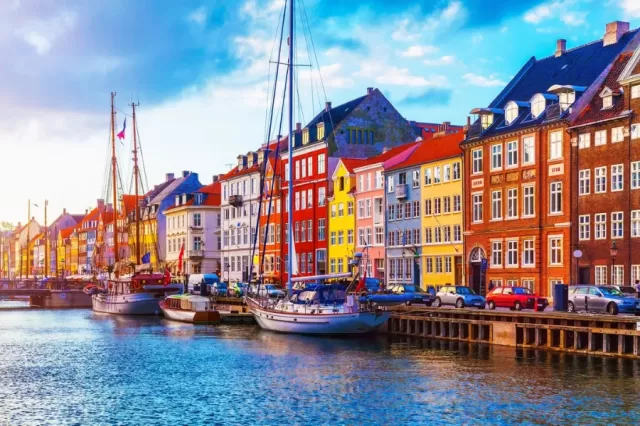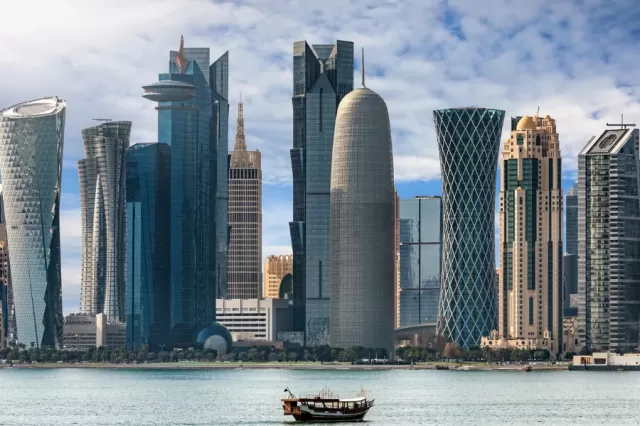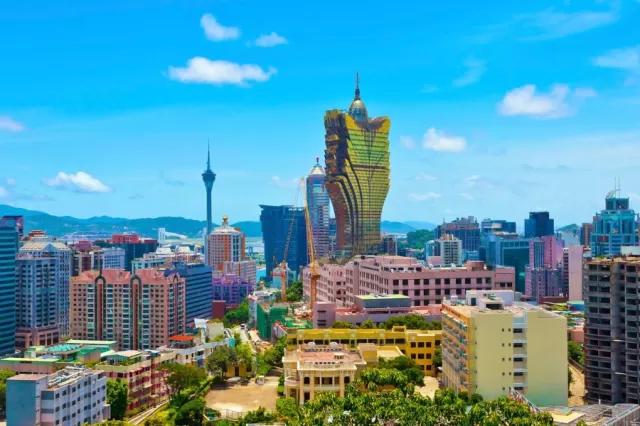In 2025, global wealth distribution remains fascinating as small, well-managed nations top the list of richest countries by GDP per capita and Purchasing Power Parity (PPP). This ranking, based on credible sources like the IMF, World Bank, and World Population Review, highlights the top 10 wealthiest countries by individual income and economic stability. These nations are not just economic giants; they are also models of governance, innovation, and global influence.
10. Denmark

Denmark rounds out the list with a GDP per capita of roughly $72,000 and PPP near $89,000. Its economy is driven by pharmaceuticals, maritime shipping (Maersk), wind energy, and food processing.
The country has one of the most efficient tax-funded healthcare and education systems in the world. Copenhagen is a leader in green urban development, aiming to become carbon-neutral by 2030. Danish design, clean tech, and sustainable agriculture continue to shine in global markets. Denmark is also one of the happiest nations globally, with a high trust index and low corruption.
9. Qatar

Qatar, with a nominal GDP per capita of around $72,000 and PPP over $121,000, ranks high thanks to its vast natural gas reserves—the third largest in the world. It is the top global exporter of liquefied natural gas (LNG).
Post-World Cup 2022, Qatar has focused on tourism, education (Qatar Foundation), and media (Al Jazeera). It offers one of the highest standards of living in the Middle East. Infrastructure projects like Lusail City, Hamad Port, and Doha Metro have modernised the urban landscape. Qatar’s Vision 2030 plan aims to build a knowledge-based, diversified economy beyond hydrocarbons.
8. Macau SAR (China)

Macau’s GDP per capita has surged past $84,000, driven largely by its tourism and casino industries. Often dubbed the "Las Vegas of Asia," Macau's gaming sector has bounced back strongly post-pandemic, supported by Chinese tourism.
In 2025, diversification efforts are expanding into conventions, luxury retail, and digital entertainment. Macau enjoys a low-tax regime and ranks high for public safety. Urban planning, infrastructure, and public transport are rapidly modernising under China's Greater Bay Area integration project, linking it with Hong Kong and Shenzhen.
7. United States

The U.S. remains the world’s largest economy, with a total GDP exceeding $30 trillion in 2025 and per capita income close to $90,000. Its wealth comes from a diversified economy: tech (Silicon Valley), finance (Wall Street), energy (Texas), agriculture (Midwest), and entertainment (Hollywood).
It leads globally in innovation, patents, military spending, and cultural exports. While income inequality and healthcare costs remain challenges, the country continues to dominate in research, venture capital, and university rankings. States like California, New York, and Massachusetts are wealthier than many countries on this list.
6. Iceland

Despite having a population of under 400,000, Iceland’s GDP per capita exceeds $90,000. The country leverages abundant geothermal and hydroelectric energy to power data centres and attract high-tech industries.
Tourism has bounced back post-COVID, and fisheries remain a critical export sector. In recent years, Iceland has also become a destination for remote workers and digital nomads. Reykjavik is evolving into a digital hub with a strong emphasis on sustainability and cultural tourism. The country ranks high in gender equality, press freedom, and environmental protection.
5. Norway

Norway boasts a GDP per capita of approximately $90,320 and a PPP per capita nearing $108,000. Known for its oil and gas reserves, Norway channels fossil fuel revenues into the world's largest sovereign wealth fund, now valued at over $1.5 trillion in 2025.
This fund finances future generations and ensures economic stability regardless of commodity cycles. Norway’s social model provides citizens with free education, universal healthcare, and generous parental leave. In addition to petroleum, its economy includes shipping, aquaculture, green energy, and advanced manufacturing.
4. Singapore

Singapore tops the PPP-per-capita rankings with more than $156,000 and maintains a nominal GDP per capita of around $94,000. As a highly urbanised island nation, Singapore thrives on trade, finance, logistics, and high-tech manufacturing.
Singapore’s efficient governance model and zero-tolerance policy toward corruption have made it one of the most competitive economies in the world. Changi Airport and the Port of Singapore remain key global transport nodes. In 2025, it continues to pioneer smart city infrastructure, green buildings, and AI integration in governance. It also leads Southeast Asia in education and public health outcomes.
3. Ireland

Ireland’s GDP per capita now surpasses $107,000, owing to its unique position as a tech and pharmaceutical hub in Europe. Many Fortune 500 companies, including Google, Apple, and Pfizer, base their European headquarters here due to business-friendly tax policies and a skilled, English-speaking workforce.
In recent years, Ireland has invested in green energy, biotechnology, and digital services. Although its high GDP figures are partially influenced by transfer pricing and multinational earnings, the quality of life has genuinely improved. Dublin’s tech scene is booming, and rural areas are seeing investment in smart infrastructure and broadband expansion.
2. Switzerland

Switzerland maintains its top-tier status in 2025, with a GDP per capita exceeding $111,000. The country is renowned for its high-quality healthcare, financial services, pharmaceuticals, and high-precision industries such as watches and medical devices.
Its neutrality in world conflicts and a decentralised government model support robust economic growth and political trust. Swiss cities like Zurich and Geneva consistently rank among the world’s most livable, and their transport infrastructure is among the most efficient. Switzerland also leads in research and development spending per capita and has one of the most innovative economies globally.
1. Luxembourg

Luxembourg ranks first again in 2025 with a nominal GDP per capita of over $141,000. With a population of just over 640,000, this tiny nation packs an economic punch. Its wealth stems from a highly developed banking and finance industry, a stable political climate, and a strategic location in Europe.
Luxembourg is a founding member of the European Union, NATO, and the United Nations, reflecting its active role in international diplomacy. The nation attracts global corporations with favourable tax policies and hosts major EU institutions. Citizens benefit from a world-class welfare system, top-tier education, and universal healthcare. Unemployment remains low, and innovation continues to thrive, especially in fintech and digital banking.
Top 10 by Nominal GDP per Capita (2025)
- Luxembourg - $141,080
- Switzerland - $111,716
- Ireland - $107,243
- Singapore - $93,956
- Norway - $90,320
- Iceland - $90,111
- United States - $89,678
- Macau SAR - $84,276
- Qatar - $72,760
- Denmark - $71,967
Top 10 by PPP (Purchasing Power Parity) per Capita (2025)
- Singapore - $156,755
- Luxembourg - $152,915
- Ireland - $134,000
- Qatar - $121,605
- Norway - $107,892
- Switzerland - $97,581
- Brunei - $95,758
- Guyana - $94,258
- United States - $89,105
- Denmark - $88,934
Also Read: Top 10 Richest Actors In The World in 2025

































